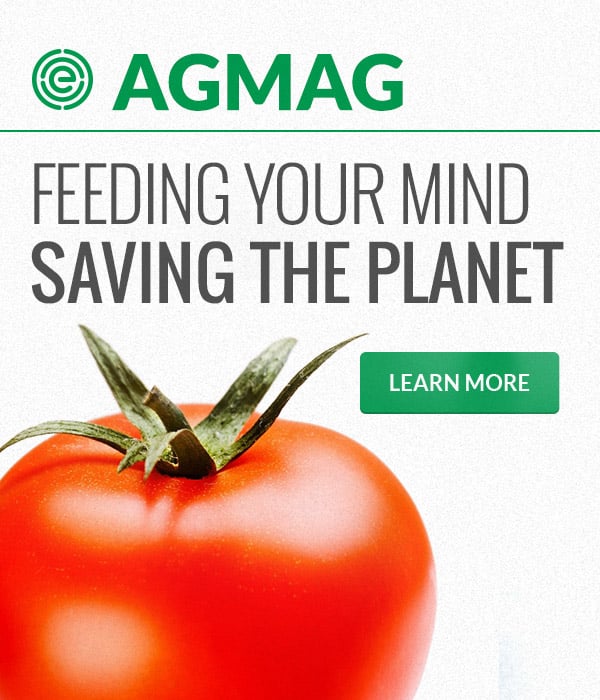Conservation in the United States
The United States
Conservation Stewardship Program
Congress authorized the Conservation Stewardship Program, or CSP, in the 2008 Farm Bill, and it was reauthorized in the 2014 and 2018 farm bills. The Department of Agriculture’s final rule governing the implementation of CSP was issued in 2010, but changes made to the program in the 2018 Farm Bill are reflected in an interim final rule, published in 2019.
The data we present in the database begins with contracts enrolled in CSP in 2017. The year was chosen to highlight changes in payments before and after the 2018 Farm Bill.
CSP is managed by the USDA’s Natural Resource Conservation Service, or NRCS. It provides money and technical help to agricultural producers as they plan and implement conservation activities referred to in the program as “enhancements” on agricultural land and non-industrial private forestland.
CSP differs from other USDA conservation programs in important ways:
- Growers must already be implementing conservation practices that meet a specified “stewardship level” to be eligible to participate in CSP.
- Participants are paid to maintain existing conservation practices.
- Participants are paid to enhance existing conservation or add new conservation activities to their operations.
- Participants can receive a supplemental payment for adopting a resource-conserving crop rotation or advanced grazing management.
- In addition to adopting individual enhancements, participants can enroll in “bundles” or groups of complementary practices designed to address a common resource concern.
- The producer must enroll their entire farm operation in the program.
- Structural practices, such as building manure storage facilities or buying equipment like irrigation sprinklers, are not eligible for payments.
- CSP contracts last five years, and participants can renew for another five years if they agree to add more enhancements or conservation practices to their operations.
The 2018 Farm Bill made several changes to the program. It had been an acreage-based program, like the Conservation Reserve Program. It is now a dollar-based program, like the Environmental Quality Incentives Program. In addition, the 2018 Farm Bill removed the requirement that NRCS administer the program at $18 per acre average cost nationally.
About the data
We received data about CSP through multiple Freedom of Information Act requests submitted to the USDA. The CSP data in this database is from fiscal years 2017 through 2022. We received the data in the fall of 2023.
The data given in this database is practice payments given by enhancement, practice or enhancement bundle name, at a national, state and county level. We received the data from two separate FOIA requests: one request for the county-level data, and one for the state-level data. We received national-level payments by practice through an email with a USDA employee, and not through a formal FOIA request.
The state and county-level CSP data only include enhancements, practices or bundles that had more than four contracts in a state or county for a particular year. In EWG’s FOIA requests, the USDA did not provide any data for CSP practices with four or less contracts in the state or county and specific year, citing a privacy exemption. Because of this, the data contained within the county pages will not equal the total payments by enhancement, practice or bundle on the state or national pages, and the data on the state pages will not equal the total payments on the national page.
The majority of CSP practices in the database consist of enhancements – specific additional conservation activities that farmers get paid to implement on their farms. But most payments through the program are “existing activity payments,” that is, payments for existing conservation practices that are ongoing, instead of new and additional activities. These existing payments are classified by the land class for the farm, so cropland, rangeland or pasture, for example.
The CSP pages within EWG’s database also include an indicator next to an enhancement or practice if it is on the list of NRCS climate smart practices for fiscal year 2024. This list contains conservation program practices the USDA believes reduce greenhouse gas emissions, or sequesters carbon in soil, on farms.
There is a brown leaf indicator next to enhancements or practices that are considered to be “provisional” by the USDA. These provisional practices may or may not actually have any benefits of reducing greenhouse gas emissions or sequestering carbon in soil. The USDA is supposed to study if these practices have climate benefits and remove the practices from its climate-smart list if they are not beneficial to the climate. EWG has put a green leaf indicator next to practices that are on the 2024 climate-smart list that are not provisional, because these practices have proven climate benefits according to USDA.
The list of NRCS climate-smart CSP enhancements were not funded until 2020, so their total spending between 2017 and 2020 is small. But CSP practices that have EQIP codes, like code 340 for cover crops, were funded before 2020. Payments for NRCS climate-smart CSP enhancements are larger after 2020.
For more information about enhancements, or the CSP in general, see this NRCS website. And for information on the standards for specific CSP practices and enhancements, see this page.




 USDA’s Conservation Reserve Program needs reform to improve climate benefits
USDA’s Conservation Reserve Program needs reform to improve climate benefits
 Despite new climate-smart funds, agricultural conservation programs remain oversubscribed
Despite new climate-smart funds, agricultural conservation programs remain oversubscribed
 Environmentally sensitive Mississippi River region croplands should be targeted for conservation
Environmentally sensitive Mississippi River region croplands should be targeted for conservation
 Major USDA conservation program must change to prioritize climate stewardship
Major USDA conservation program must change to prioritize climate stewardship
 $7.4B spent on two of USDA’s biggest conservation programs, very little went to ‘climate-smart’ agriculture
$7.4B spent on two of USDA’s biggest conservation programs, very little went to ‘climate-smart’ agriculture
 Climate change isn’t high priority for $1.2 billion USDA farm stewardship program
Climate change isn’t high priority for $1.2 billion USDA farm stewardship program
